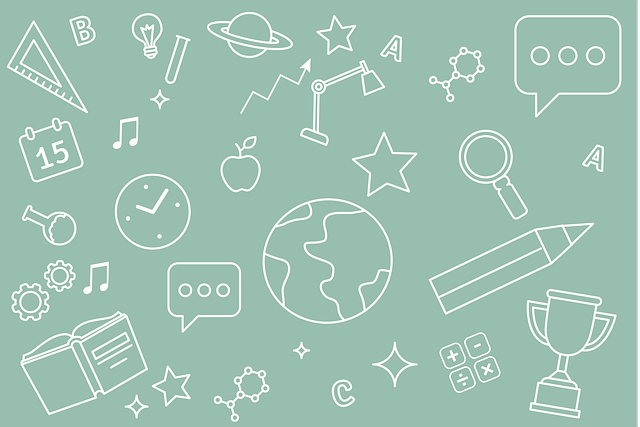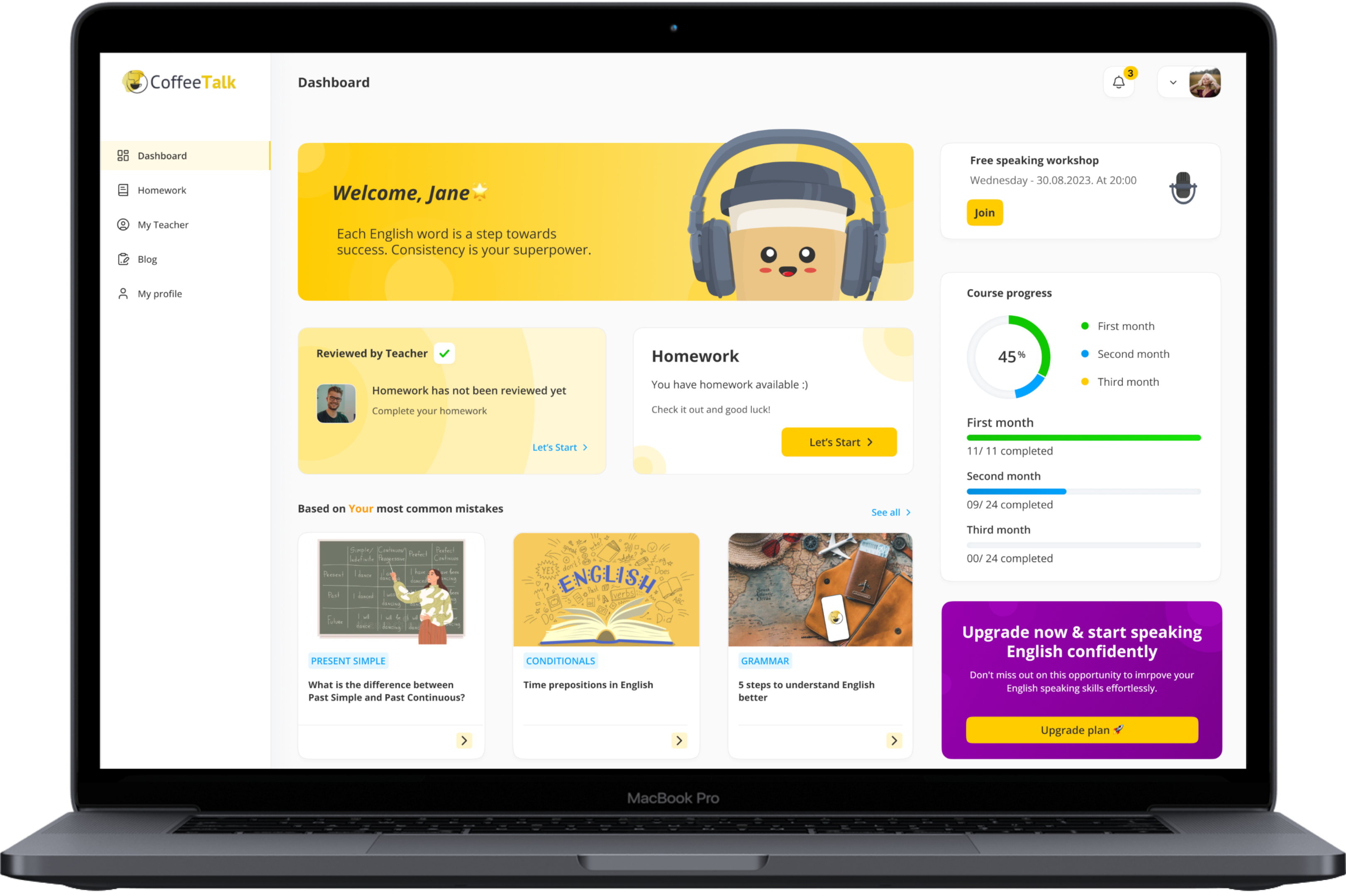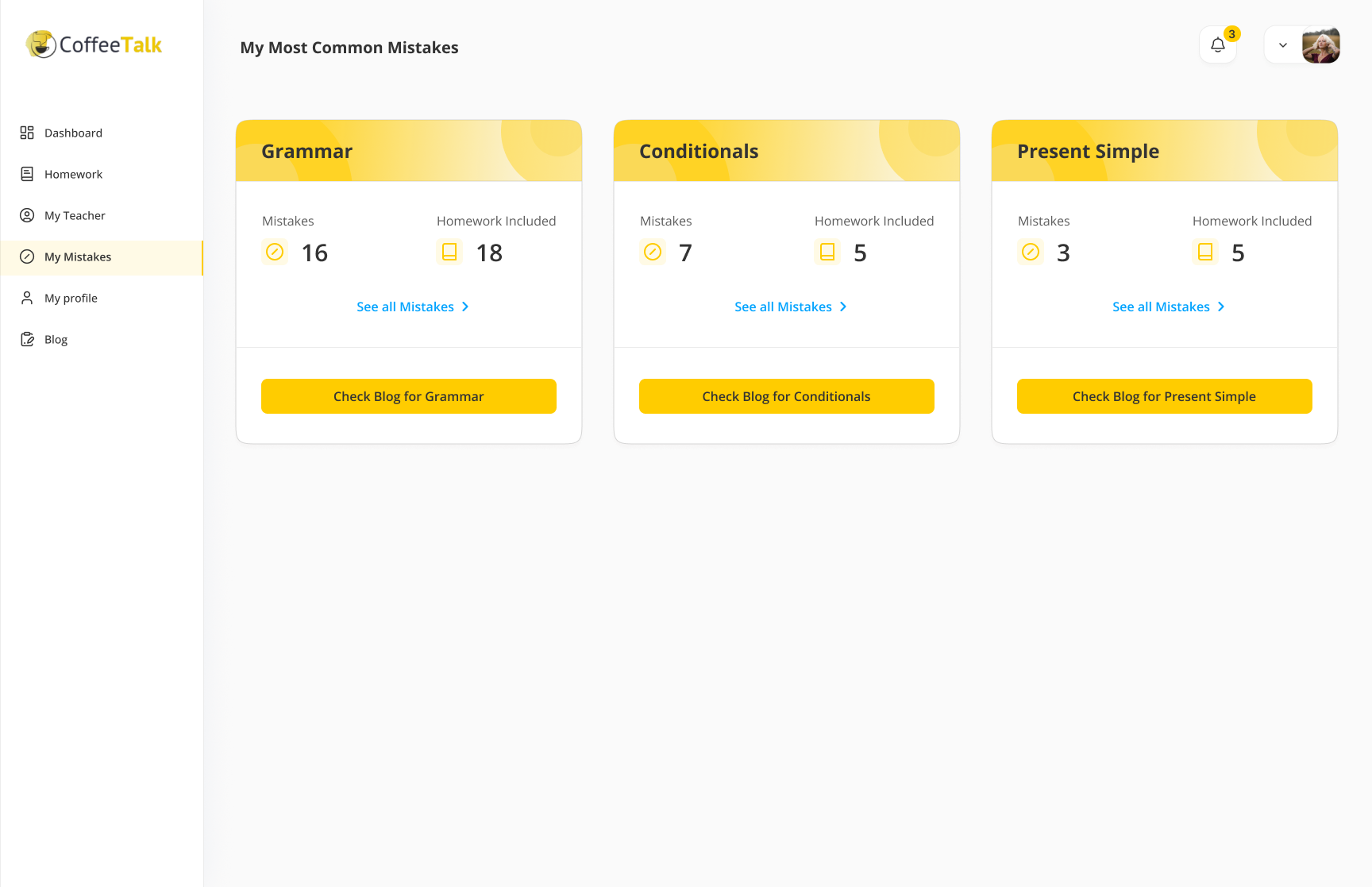 Andrea Stanisic
Andrea StanisicGamification in education: What, Why, and How

Did you know that 76% of children in America under the age of 18 play video games? Not surprising?
But what if we told you that they spend 12.8 hours on average playing each week? This is more than they spend studying. These numbers will only increase with the rise of technologies like Metaverse and similar computing systems.
But the educational setting hasn't changed in decades. Students no longer learn but memorize without understanding. The moment they step out of the classroom they forget 90% of what they’ve heard. The attention span during lectures is down to minutes, and online courses are not in different situations.
Traditional ways of learning are not going to cut it for new generations to come. Most learning environments don't facilitate real learning. This is also true even for undergraduate students and higher education in general. Learning platforms are also often very outdated and fail to teach users anything.
Because of this, gamification is a great way to enhance learning and create fun learning environments. E-learning is the future. The sooner we accept it the better.
If you want your educational platform to stand out, here's a run down on basics about gamification in education and how to implement it for success.
What is gamification in education?
Gamification in education means using game-like elements in the learning process to make it more fun and appealing to students. There are two ways to implement gamification in education:
-
Using games designed for entertainment in an educational setting or
-
Using game design features to improve the learning process
The most effective way to implement gamification in educational contexts is with an EdTech solution. Whether it be a mobile app or a web platform, gamification needs to be done through technology. With an enhanced learning experience, intrinsic motivation, and digital games gamification is the future of learning and teaching.
Why it works?
Gamification in education works well because it makes learning more interactive and enjoyable.
Even the older generations know how to play Candy Crush, but when it's time to learn how to send an email things get complicated. This just proves that with gamified learning and digital tools, learning becomes easier for all.
When students complete quizzes, homework, or long-duration tasks combined with game design elements they experience the learning process as a fun activity. It's no longer boring. Learning now becomes an interactive game students want to continue.
Gamified activities promote learning and provide immediate feedback that helps keep students engaged while improving their skills. Through rewards and competition gamified environment motivates students. Participating becomes more exciting, making students eager to join in and learn.
With game features students finally have a positive attitude towards learning. Who would thought that one small detail could make such a difference?
What are the benefits of game-based learning?
-
improving the learning process
-
increasing student interest
-
improving student motivation
-
increasing knowledge retention
-
improving academic performance
-
increasing student participation in active learning
-
improving problem-solving and critical-thinking skills
-
increasing student satisfaction
-
improving teaching practices
-
increasing collaboration and social interaction between students
Top 5 examples of gamification in education
1. CodeCombat
CodeCombat teaches coding through a game where students write code to control their characters and complete challenges. It provides a hands-on approach to learning programming concepts and problem-solving skills. The platform supports learning languages like Python, JavaScript, and others.
Key Features:
-
real coding in a game environment
-
interactive levels
-
instant feedback
-
collaborative multiplayer modes.
2. Coffee Talk
Coffee Talk is a customized platform for learning English. It allows users to practice spoken and written English skills. With customized learning packages and assigned teachers, it adjusts to users' needs and capabilities.
Key Features:
-
levels
-
rewards
-
quizzes
-
voice recording.
3. Prodigy
Prodigy is a math game that aligns with grades 1 to 8 school curricula. It uses a fantasy-based role-playing game format where students battle monsters and complete quests by solving math problems. The game adjusts difficulty based on the student's performance, ensuring personalized learning experiences.
Key Features:
-
adaptive learning
-
in-game rewards
-
progress tracking
-
curriculum-aligned questions.
4. MinecraftEdu
MinecraftEdu is a game-based learning platform that uses the popular Minecraft game to teach a variety of subjects. It allows students to explore and build in a sandbox environment while learning about various subjects. Teachers can create custom lesson plans and worlds tailored to their educational goals.
Key Features:
-
collaborative learning
-
creative problem-solving
-
curriculum-aligned lesson plans
-
in-game assessments.
5. Osmo
Osmo is an educational gaming platform that combines physical play with digital learning. It uses an iPad base and reflective AI technology to bring children's game pieces and drawings to life on the screen.
Key Features:
-
interactive games
-
AI features
-
immediate feedback
-
intuitive UI.
How to implement gamification in the learning process?
Using educational games is not enough to implement gamification successfully.
Implementing it effectively requires a strategic approach to ensure it meets educational goals while maintaining student interest.
Because of this, we created a step-by-step guide to implementing gamification in education based on one of the learning platforms that does it right - Coffee Talk. It is one of our projects, and if you want to dig deeper into what we do click here.
Step 1: Learning objectives

Before implementing gamification in education in any shape or form you need to set clear learning objectives. Knowing what you want students to achieve helps you design gamified elements that support these goals.
For example, with Coffee Talk, the primary objective was to help students activate their passive English language knowledge. This objective shaped the entire gamification strategy. Teachers identified specific language skills to focus on and tailored the platform’s content and activities accordingly.
This also allowed our client to define their unique approach. By nicheing down they stood out and got more users that really learned something.
Step 2: Game elements

Once learning objectives are set, the next step is to integrate game elements that motivate and engage students. Key game elements include points, badges, leaderboards, and interactive challenges. Check out our Ultimate gamification guide if you want to see the full list of gamification elements.
For Coffee Talk, we used several game elements but the ones that made a change were:
-
Mascot Integration: The platform’s mascot guides students through activities, making learning feel like a game. It also breaks the wall between the user and the software, making it more human and easier to connect with. Students see mascots as pets or friends, and this increases their engagement and retention.
-
Interactive Exercises and Quizzes: These elements make practicing English fun and provide instant feedback. Multiple choice questions, points earned, rewards, and different levels turn learning activities into manageable steps. With gamified elements learning a few new vocabulary words daily is fun and easy and it doesn’t feel like a chore.
-
Progress Tracking: Visual and intuitive user interfaces allow students to see their progress. This pushes them to keep learning. They want to solve problems and get the correct answer so they can level up.
-
Voice Recording: Students can record their voice assignments. This adds an interactive and practical component to their learning. Writing in a new language is one thing, but speaking it is what most struggle with. With this feature, students can learn at their own pace.
Step 3: Customization

In order to make your solution fly on the market and actually get users interested you need to customize it. This is the key to market success and the way to maximize the learning potential.
With Coffee Talk, this looked like:
Customized Learning Process and Common Mistakes:
The platform offers customized learning levels to fit students' needs. After signing up students are assigned to a teacher that helps them along the way. The common mistakes features help students understand what they should pay special attention to. They also gain access to additional learning resources to overcome these challenges and improve their language skills.
Stripe Integration for Seamless Payments:
Coffee Talk uses Stripe integration for online payments, offering a seamless and secure transaction experience. This feature simplifies the payment process for users, allowing them to access premium content and features with ease whenever they want.
Upselling and Cross-Selling Features:
Coffee Talk uses upselling and cross-selling features to increase revenue. They are strategically placed within the platform, encouraging users to upgrade their plans or purchase additional learning packages.
What not to do?
With these steps in mind, it's important to avoid some common mistakes people make like:
-
trying to make another Duolingo (just copy/paste)
-
slapping gamified features with no strategy
-
giving points for random activities
-
creating an extremely colorful platform with no gamification elements
-
developing for adults and aiming to interest children
-
complicating the learning process instead of improving it
-
focusing too much on details and not enough on usability
-
forgetting that some platforms are used by teachers and not just learners
-
partnering with unreliable software agencies
-
NOT HIRING birgit.dev
Bottomline
In conclusion, gamification in education paves the way for new modern ways of learning. By allowing students to learn while having fun it makes people excited again about gaining new knowledge. This approach not only improves student interest, participation, and academic performance, but also motivates them to continue learning.
With gamification, you can create an inclusive learning environment where all students can excel. It's not just about getting better grades but also fueling a passion for learning. As we move forward, embracing gamification in education will be essential for all of those who want to enter the digital educational world.
Start from here
If you want to make your own educational platform and improve it with gamification brigit.dev is here to help.
We offer services that cover:
-
software development of the entire platform (both mobile and web)
-
design according to research, industry standards, and your vision
-
gamification elements built from scratch and customized for you
-
testing throughout the process
-
maintenance after launch for optimal performance
With brigit.dev you can focus on what you do best - sharing your knowledge and making change in the world. We’ll take care of all the technical details.
Contact us today and let's build together!